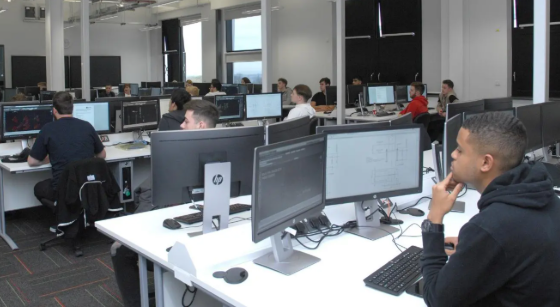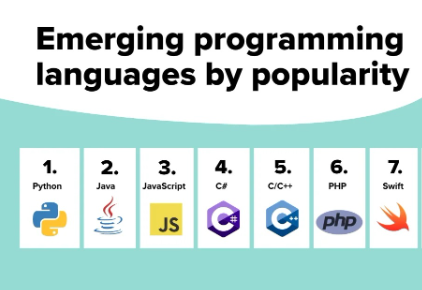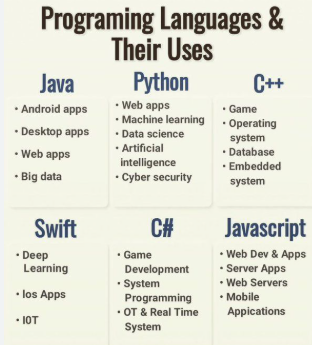
How Much Coding Do You Need to Know for Tech Jobs?
Want to work in tech but not sure how much coding you actually need to learn?
The truth is, not every tech job requires deep programming skills—but most benefit from some level of coding knowledge.
In this guide, we’ll break down how much coding different tech roles require, from IT support and QA testing to cybersecurity and data analysis, with clear examples to help you plan your path.
What Does “Knowing Coding” Really Mean?
Before we dive into specific jobs, let’s define levels of coding:
| Level | What You Can Do |
| Basic | Understand syntax, write simple scripts |
| Intermediate | Build small apps, automate tasks, read APIs |
| Advanced | Design full applications, debug, optimize code |
You don’t need to become a full-stack developer to succeed in tech—but a little coding can open big doors.
1. IT Support / Helpdesk
Role:
- Troubleshoot hardware/software issues
- Install systems and configure networks
- Guide users and document problems
Coding Required: Minimal
- Basic scripting in PowerShell (Windows) or Bash (Linux)
- Some knowledge of HTML or basic Python for tools or automation
Bonus: Knowing how to automate routine tasks (like log file cleanup or system checks) makes you stand out.
2. QA Tester / QA Analyst
Role:
- Test websites, apps, and software for bugs
- Write test cases and simulate user behavior
Coding Required: Low to Moderate
- Manual testing needs little coding
- Automated testing uses:
- JavaScript or Python with tools like Selenium
- Test frameworks like JUnit, PyTest, or Cypress
Tip: Learning basic automation can boost your QA career significantly.
3. Business Analyst
Role:
- Analyze data, define requirements, bridge business and tech teams
Coding Required: Minimal to Moderate
- Excel + basic SQL for data queries
- Optional: Python or R for deeper data analysis
Bonus: Visualization tools like Tableau or Power BI may use scripting for dashboards.
4. Cybersecurity Analyst
Role:
- Protect systems from threats
- Monitor activity logs, test vulnerabilities
Coding Required: Moderate
- Python or Bash for scripting and automating scans
- Familiarity with C, PowerShell, or JavaScript helps in advanced roles
Related: Top Programming Careers and the Languages They Use
5. Data Analyst
Role:
- Analyze, clean, and visualize data to support decisions
Coding Required: Moderate
- SQL is a must for querying databases
- Python (with Pandas, Matplotlib) or R is a bonus
- Optional: Excel macros or VBA for automation
Tip: You don’t need advanced Python—but knowing how to write basic scripts can save hours of manual work.
6. AI / Machine Learning Roles
Role:
- Build models that learn from data and make predictions
Coding Required: Advanced
- Strong Python skills (NumPy, TensorFlow, Scikit-learn)
- Some roles also need SQL, R, or even C++
Note: These jobs require more math, data, and algorithm knowledge—great if you’re analytically inclined.
7. Web Developer
Role:
- Build websites and applications (UI and logic)
Coding Required: Moderate to Advanced
- Front-end: HTML, CSS, JavaScript
- Back-end: Python, PHP, Node.js, SQL
Related: Front-End vs Back-End Programming Explained
Tip: Web dev is the most code-intensive path, but also one of the most accessible.
Summary Table – Coding Needs by Tech Role
| Job Role | Coding Needed | Primary Languages |
| IT Support | Minimal (basic scripting) | Bash, PowerShell |
| QA Tester | Low–Moderate | Python, JavaScript, Java |
| Business Analyst | Minimal–Moderate | SQL, Python, Excel Macros |
| Cybersecurity Analyst | Moderate | Python, Bash, C, PowerShell |
| Data Analyst | Moderate | SQL, Python, R |
| Machine Learning Eng. | Advanced | Python, R, SQL, C++ |
| Web Developer | Moderate–Advanced | HTML, CSS, JS, Python, PHP |
Final Thoughts: Do You Need to Code?
Here’s the truth:
- You can start in tech with little or no coding.
- But learning basic coding gives you an edge—more automation, better tools, and stronger communication with developers.
Even learning just one language (like Python or SQL) can unlock dozens of job opportunities.


